Price: $799.95 (no. 20-3591-1) Min Curve: O-42 Cmd Low: 2.47 smph Cnv Low: 2.5 smph High: 62.9 smph Drawbar pull: 1 pound, 4 ounces Features: Can-style motor, tender-mounted coil coupler, smoke unit, DCS command and sound system Current-production road names: Baltimore & Ohio, Jersey Central, Long Island RR, New York Central (Empire State Express), Pennsylvania RR, and Strasburg RR.
This is the cusp of what we might call the classic era of American railroading – the high-water mark being World War II. So the model has clearly vintage aspects, but it doesn’t have a diamond stack and Buffalo Bill and his Winchester aren’t riding in the cab.
This model is based on MTH’s tooling for the New York Central’s 4-4-0 no. 999, a locomotive whose career spanned 1893 to 1952. The 999 was an I-class locomotive and had the capability of getting near the 100 miles-per-hour mark. The I-class design was modified a bit and equipped with 86-inch (over 7 feet tall) drive wheels.
Though it was claimed the locomotive was the first to reach the 100 mph speed, there is some doubt. It can, however, be stated that it definitely hit the mid-80s, which must have seemed frighteningly fast in 1893.
The 999 was eventually rebuilt and given 70-inch drive wheels again. It was serving branch and local trains until 1924, when it was restored for the Baltimore & Ohio’s festive Fair of the Iron Horse. It was shown at public events until 1952, when it was relegated to switching until it was retired. The railroad donated it in 1962 to the Museum of Science & Industry in Chicago.
Opening the box
This is another model that evokes the “display shelf” response when removed from the box. The paint scheme makes it look like it is dolled up to haul a president, monarch, or archbishop. We’re talking light blue, dark blue, white, black, and gold! The pilot, smokebox, cab, and mid-section of the tender are dark blue, and the boiler is light blue. Parts of the tender are black, as are the steam chests. The wheels also have highlighting that makes the locomotive look fancy schmancy. This must have been a bear to keep clean!
Looking at the locomotive head on, you get a real Gay Nineties vibe. When I first examined it from that angle, the vision of the cover for some old sheet music about Casey Jones popped into mind. The long, pointed “cowcatcher” and the long front coupler had a really old school look. The deadly front link coupler tells a story. The silver accents of the front of the steam chests, steam lines, and grab irons also show how railroads took pride in the appearance of their steam power.
The red, black, and gold builder’s plate on the smokebox door made me think of the legendary head of Baldwin, Samuel M. Vauclain (at Baldwin for approximately 60 years). Oh, the real no. 999 came from the New York Central’s West Albany shops, not Baldwin. Still, I think Vauclain would have approved of the stylish yet functional design of this model!
The model has classification lights at the 9 and 3 o’clock positions on the smokebox, and there’s a large headlight in front of the smokestack.
The boiler’s body is smooth. There are cast-in boiler bands that are the same light blue as the rest of the boiler. Add-ons include a bell with twin lanyard, a whistle with lanyard, and a grab iron running from the cab to the smokebox. Sand lines fall down from the sand dome, and a water drain line runs down from the steam dome and beneath the cab.
There is an air compressor on the engineer’s side of the boiler, with a line running forward to what looks like a pop-off valve attached to the right side, just behind the smokebox.
The locomotive’s cab roof is a smooth arch, save for the air hatch up top. The cab windows (front, side, and rear) have glass in the panes. The interior has a decorated, though simple, backhead; the two crew figures appear, appropriately, a bit more old-timey than typical.
The rear of the cab had a drop-down deck plate to bridge the gap between the cab and the tender. Below the plate you’ll find the wireless drawbar that joins electronics in the tender with the locomotive.
The 4-4-0’s tender seems a bit of a low-rider, the car topping off well below the cab’s window line. The compact nature makes it look like it could barely haul a B&O train from Cincinnati to Dayton without stopping for coal or water! Don’t let that fool you, though. It is a very nice model with steps on all four corners, what I presume are tool or equipment chests on both sides up the coal bunker, and at the rear of the car, a hatch to lift for pouring water in the tank.The rear of the car has marker lights and a coil coupler.
As mentioned, the paint and decoration of this model are exceptional, reflecting a time when real locomotives tended to be highly decorated. We noted no flaws in the paint or the fine detailing of lettering or stripes.
On the test track
Locomotive operation was fine. With the volume turned off, the mechanism was exceptionally quiet. With the sound on, you knew it was a steamer. The sound package suits a light engine, and the whistle is great. The bell is fair.
Performance was good, whether running light or with some Williams Superliner and metal Amfleet cars in tow. The engine was slow in the low ends and had pep on the high side, topping out in the 60-scale-mph range.
This locomotive presented a bit of a challenge in testing drawbar pull. Our procedure is to attach to a locomotive either a hook for “pull” or a flat adapter for “push.”
The delicate number plate on the smokebox and the long pointed cowcatcher prohibited a forward push.
The tender was challenge for securing a hook to the frame. So we tested it, in reverse, with the flat rear of the tender pressing against the force meter. Drawbar pull was 1 pound, 4 ounces.
I generally like my steam locomotives looking majestic and business-like and mentally deduct points, so to speak, if the engine looks a little too much like a circus train locomotive. The MTH 4-4-0 makes the most of the subtle accents on the wheels, spokes, and trim and produces a dignified steamer.
This 4-4-0 will look at home on an O gauge line modeling a time somewhere between the Oklahoma Land Rush of 1889 and the Teapot Dome scandal of 1922. Another arrow in the quiver of hobbyists being able the build a layout in their own unique time of choice!





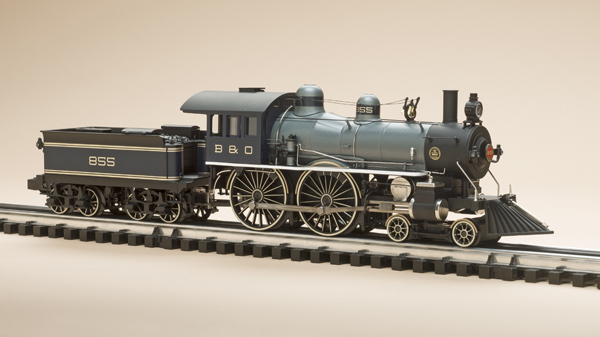

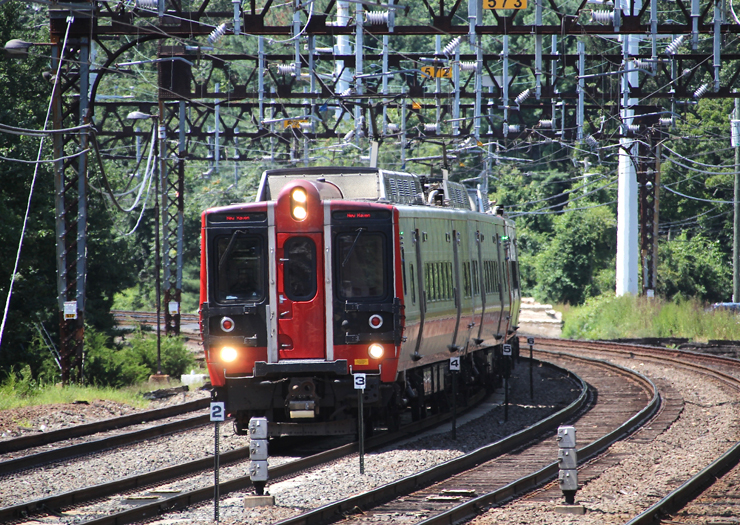
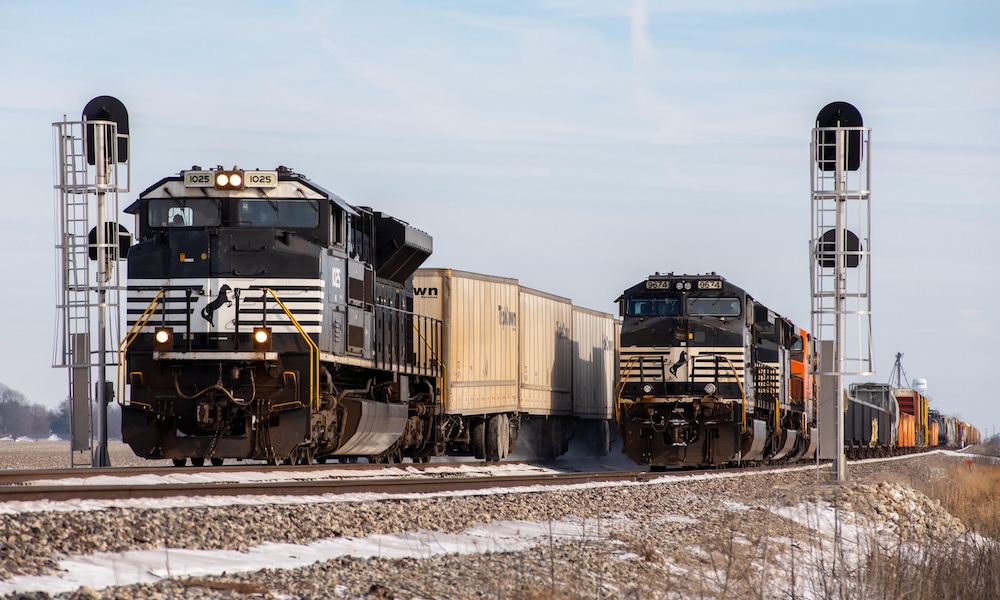
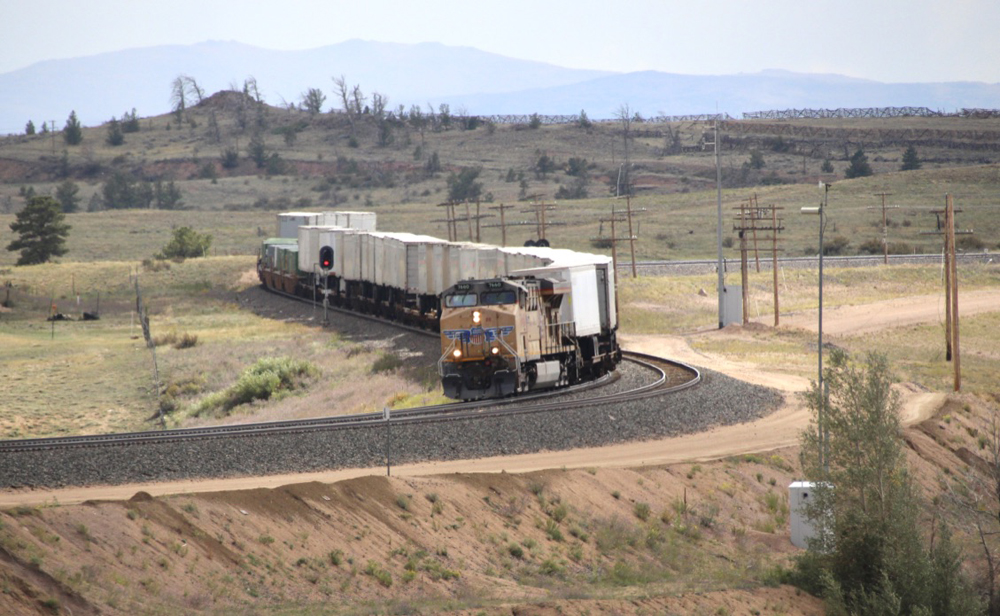
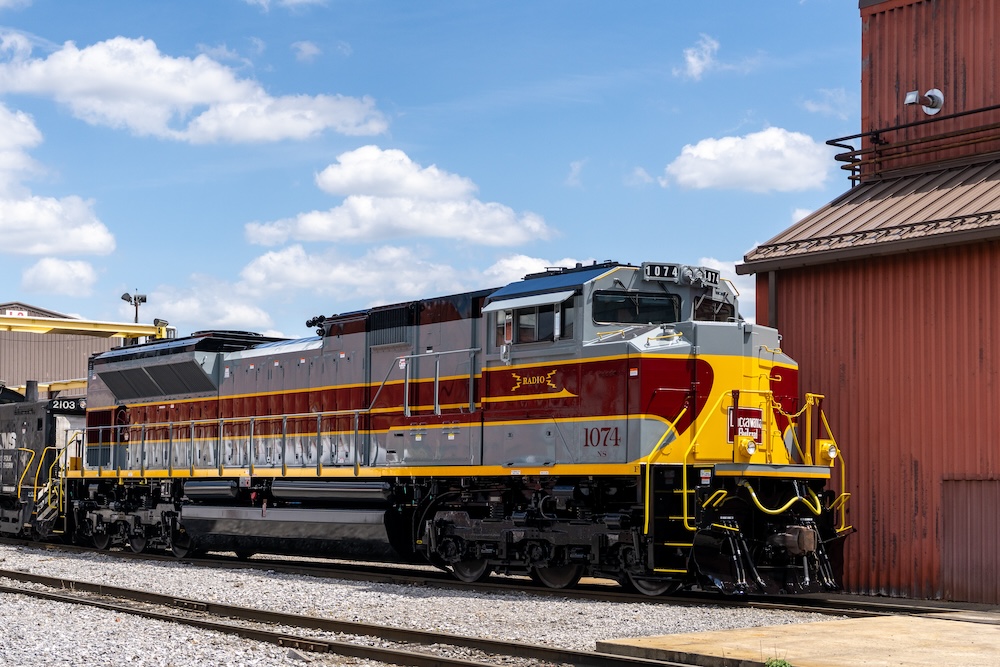




Thanks for the review Bob. I really like the looks of this pair and MTH is my preferred train. This helped alot in finalizing my decision to purchase with my lottery winnings. Thanks again,Craig
Tha